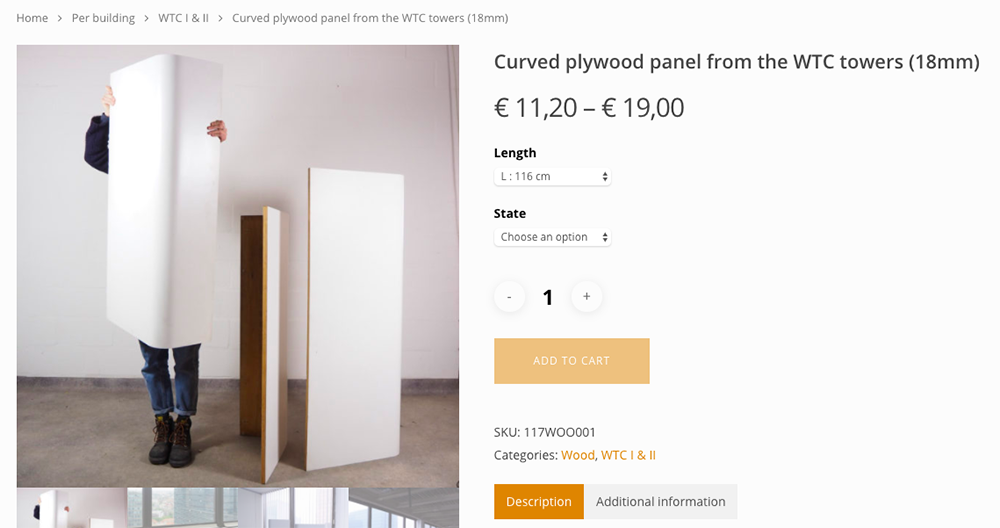
Thoughtful architecture
With the gradual awareness in the modern era about the issue of land use, the reuse of buildings and their possible functional transformation has increasingly taken hold within international architectural practice.
Places that previously were simply razed to the ground to make room for new buildings are nowadays considered possible resources to which to give a second life. Especially the heritage of industrial buildings, now often in disuse or no longer in step with the times, has become the protagonist of a real trend in the transformation of spaces. Thanks to their spatial dimensional characteristics, industrial buildings often offer a wide ease of adaptation to new functions, and a solid starting point on which to base themselves for new ambitious architectural projects.
Although this spatial reconversion trend is to be considered fundamental in decreasing the impact of new buildings on the territory, it does not however represent the only possible practice of reusing the built environment and its resources. Very often during transformation, reconversion or demolition of buildings, elements and materials still usable are in fact disposed of as they are not considered suitable to find a role within the new life of the area from which they come. This has a direct consequence not only of waste, but above all an important environmental impact caused by the premature arrival of these resources at the end of life.
The debate and research on the improvement of these practices, however, is finally seeing the birth of realities whose objective is focused on the theme of reuse not only as a spatial transformation, but especially as a circular process.

Image courtesy of Rotor Deconstruction
Fundamental in this context is the work carried out by Rotor, a group active in the architectural field based in Brussels. Rotor places the emphasis of its research on the theme of the reuse of materials and components from partial or total demolition of buildings.
The group’s activity was in fact born initially around 2014, starting from the Opalis project. It aimed to create a shared digital platform that would connect small businesses that had experience in the field, in fact, of the reuse of construction materials, with companies, designers and builders. The aim of the initiative was in fact to nourish and encourage these practices by creating effective connections on the territory of the Brussels area. The project has been so successful over the years that it now covers an area that is not limited to Belgium, but also includes France and The Netherlands, in an incredible network of actors at different scales of intervention.

Image courtesy of Rotor Deconstruction

Image courtesy of Rotor Deconstruction
Rotor’s work has thus evolved over the years leading to the birth of Rotor DC (Rotor Deconstruction). Rotor DC’s activities are not limited to the recovery of building materials and elements during the dismantling of a building, but extend to the cataloging of the same and their conservation, up to the sale. Consultations are also offered to various actors (builders, architects, property owners) regarding the correct processes to follow and the possible use of recovered materials.
Once recovered, the materials usually require to be processed with more or less elaborate processes in order to be reintroduced on the market. Rotor aims to try to standardize these processing practices as much as possible to make products competitive in terms of price, but given the uniqueness of many pieces, ad hoc manual intervention is often necessary.
The pieces and materials, stored in the warehouses adjacent to their headquarters, are constantly visible and purchasable within the online shop hosted on the Rotor website, where the various components are cataloged by type or by building from which they were recovered.
Based in the same city, Brussels, BC Architects has also had the opportunity in recent years to contribute profitably to the debate on reuse.

Image courtesy of Rotor Deconstruction
Their action is concentrated on the waste earth coming from the excavation works for the foundations of the buildings, it is in fact difficult to transport and store and it is estimated that more than 70% of the same is simply accumulated in appropriate disposal areas as a trivial waste.

Image courtesy of BC Materials cvba
For this reason, BC Architects (through its spin-off BC Materials) has developed a whole range of building materials obtained from the waste earth of the excavation works which includes plasters, bricks and in-situ clay works. In addition to presenting construction solutions with interesting energy characteristics, they allow to decrease the already too high environmental impact of a construction work, introducing a circular economy process within it.

Image courtesy of BC Materials cvba

Image courtesy of BC Materials cvba
The services offered by BC Architects range from the simple sale of materials, to consultancy, training regarding construction techniques and materials, up to ad hoc design.
The construction of buildings is one of the sectors with the greatest environmental impact, but by intervening on the processes it is possible to start creating a change.
These two realities show us how the theme of reuse can be declined and offer different facets, and how circular thinking must increasingly become a fundamental part of the contemporary constructive and creative world.

